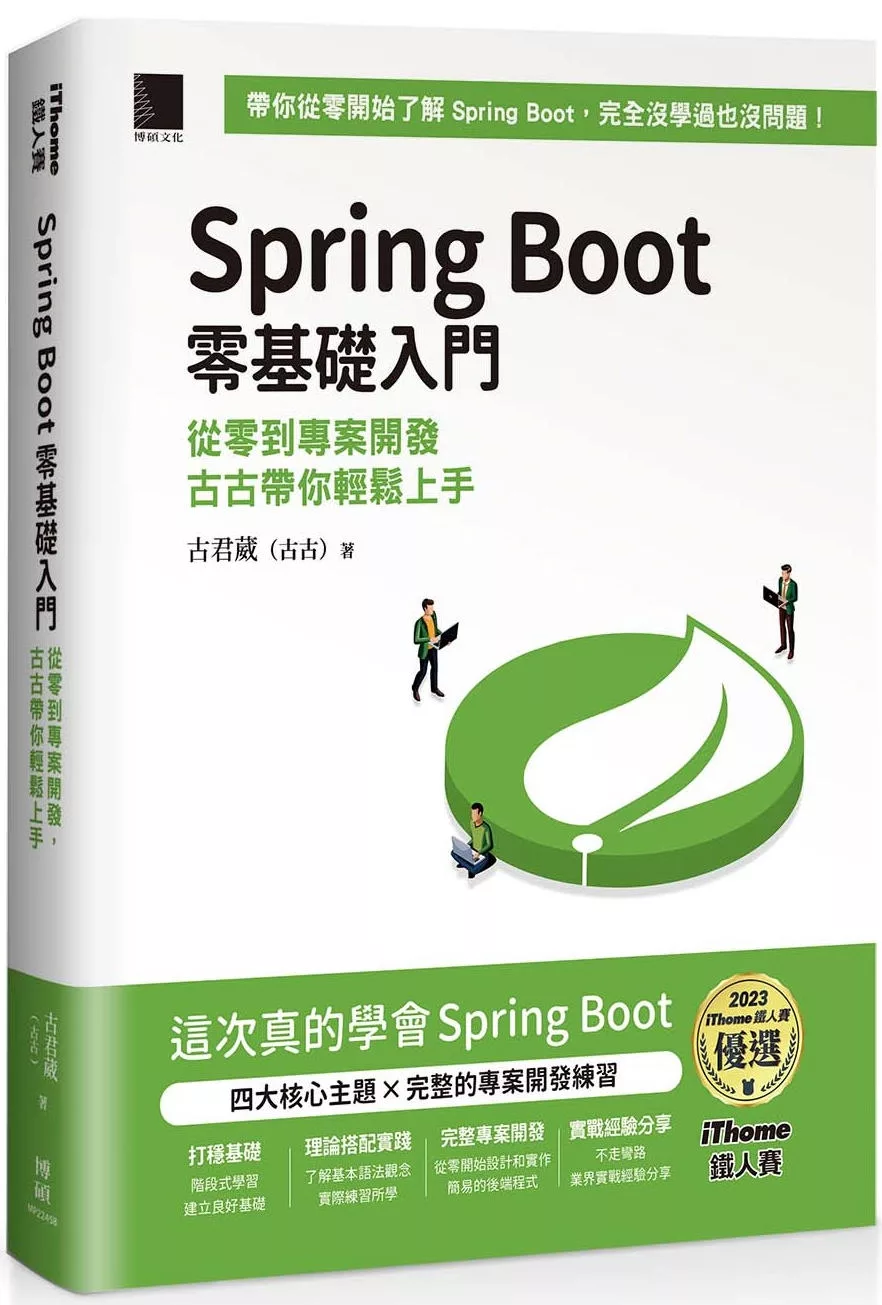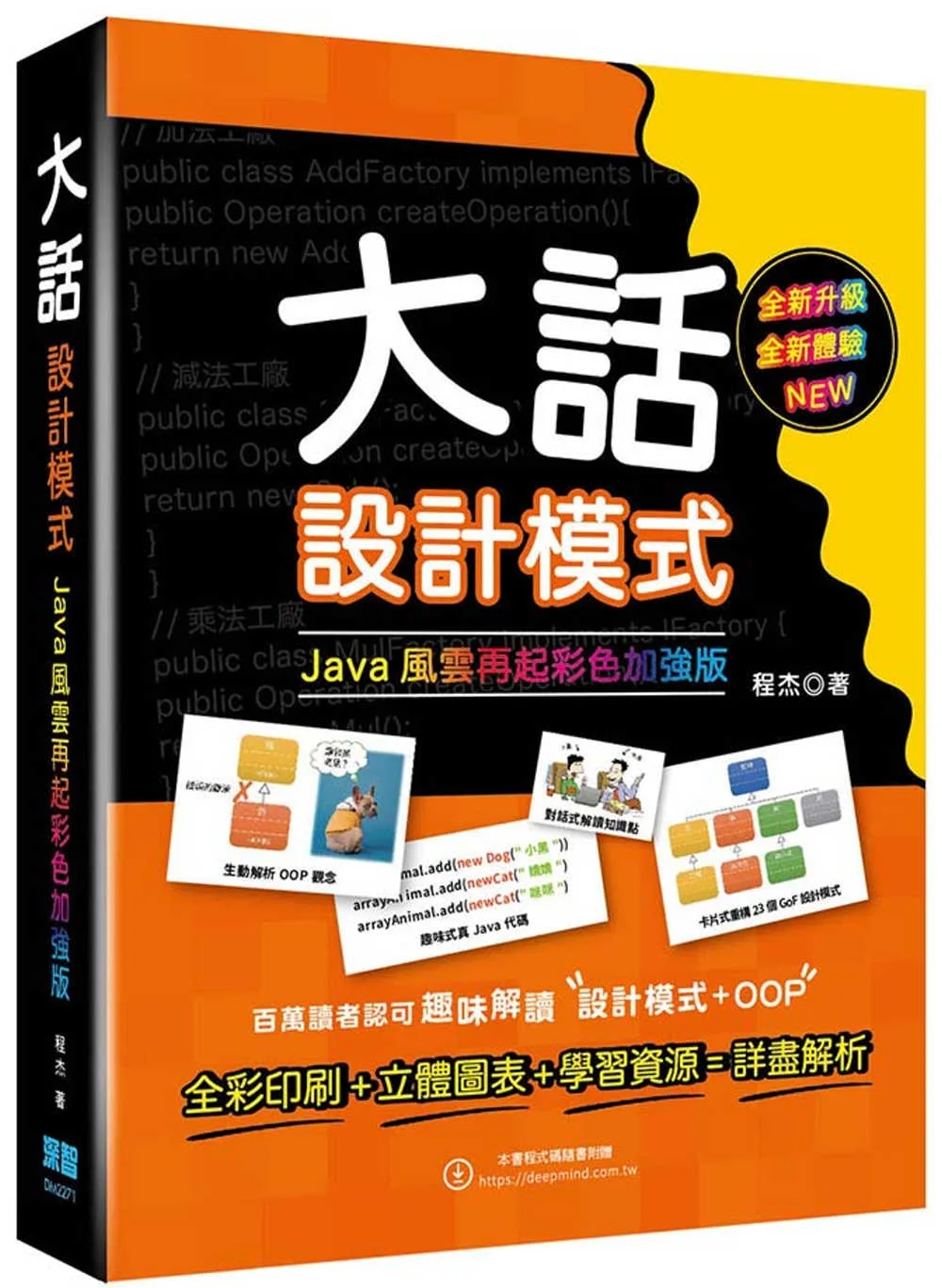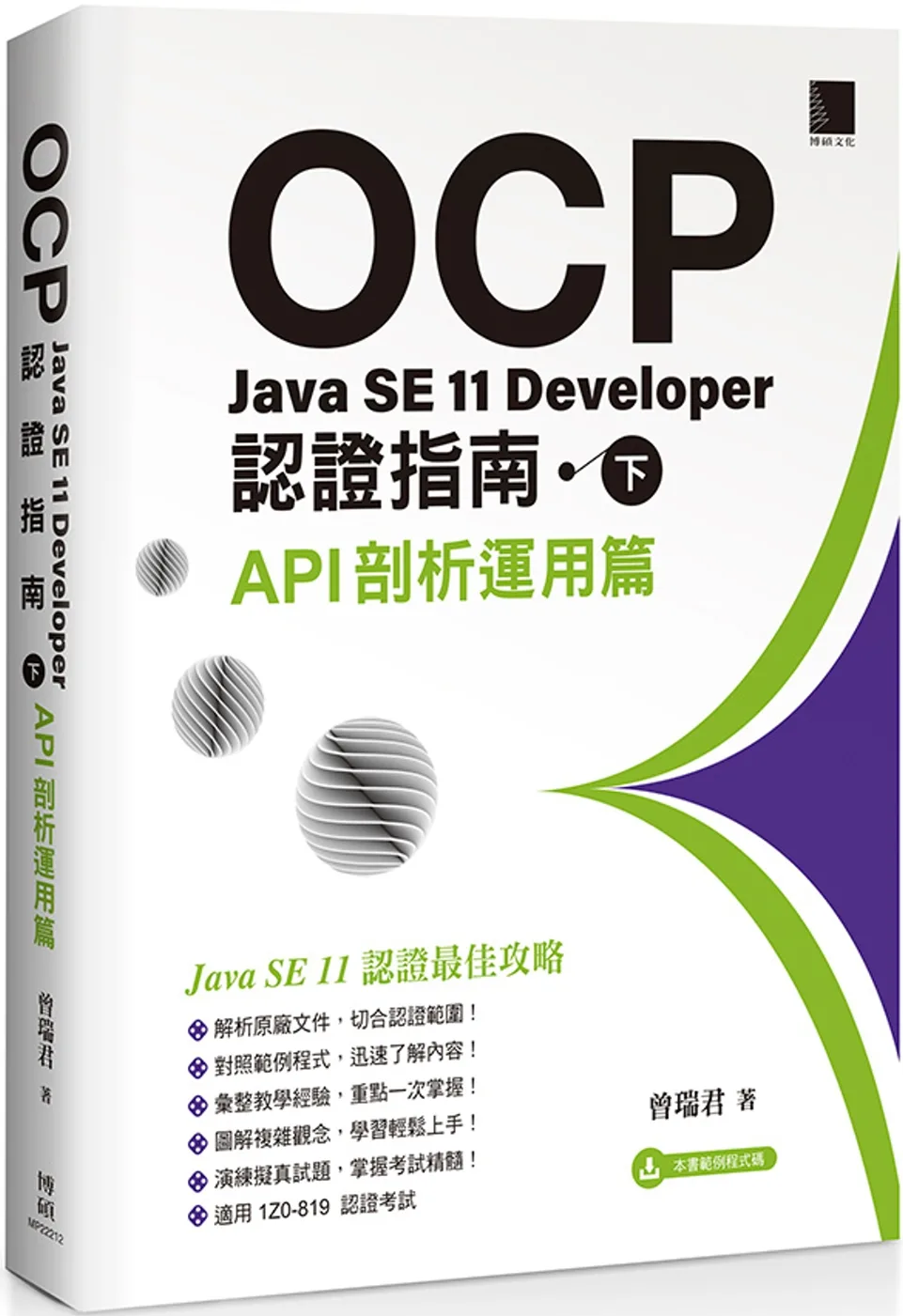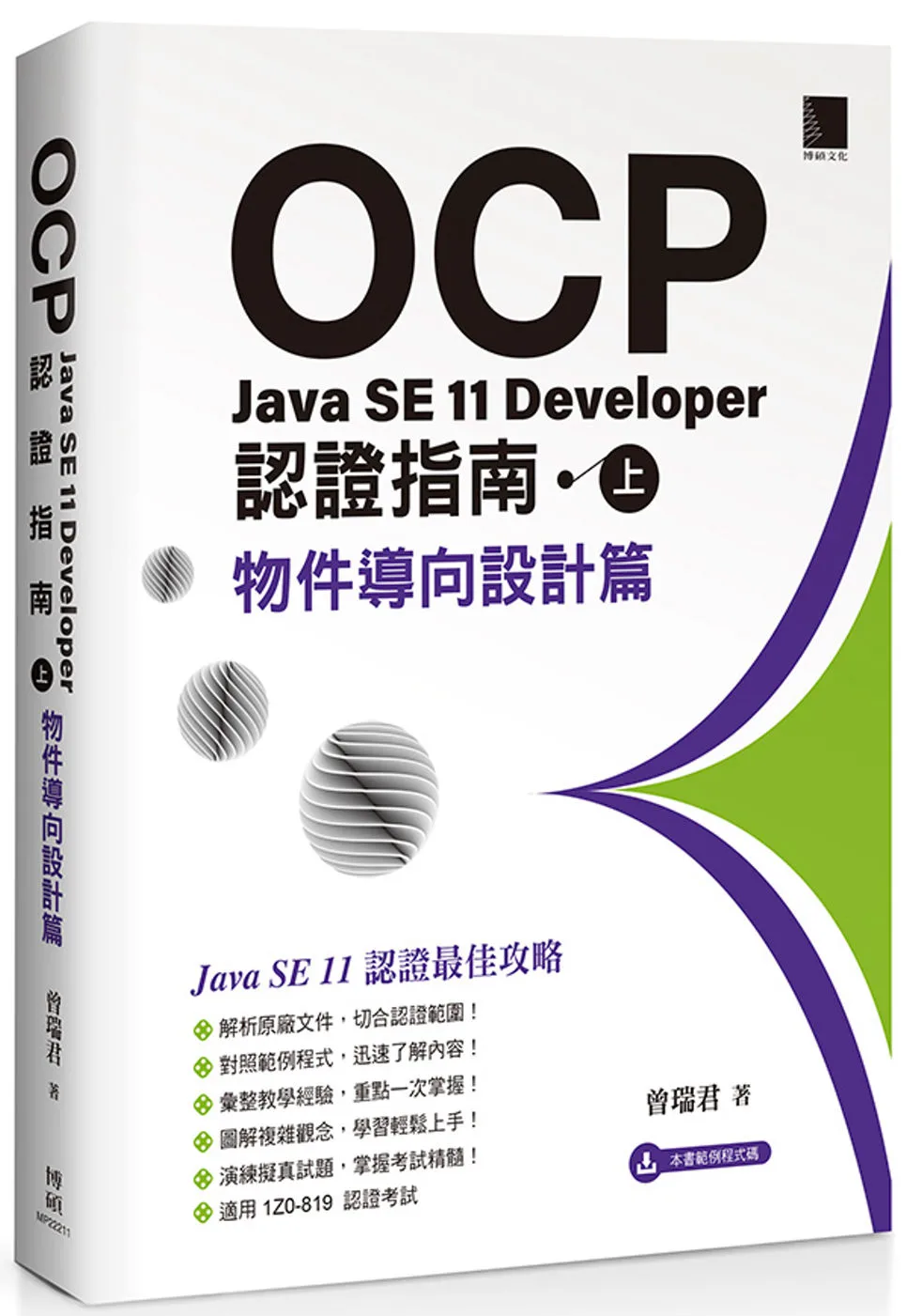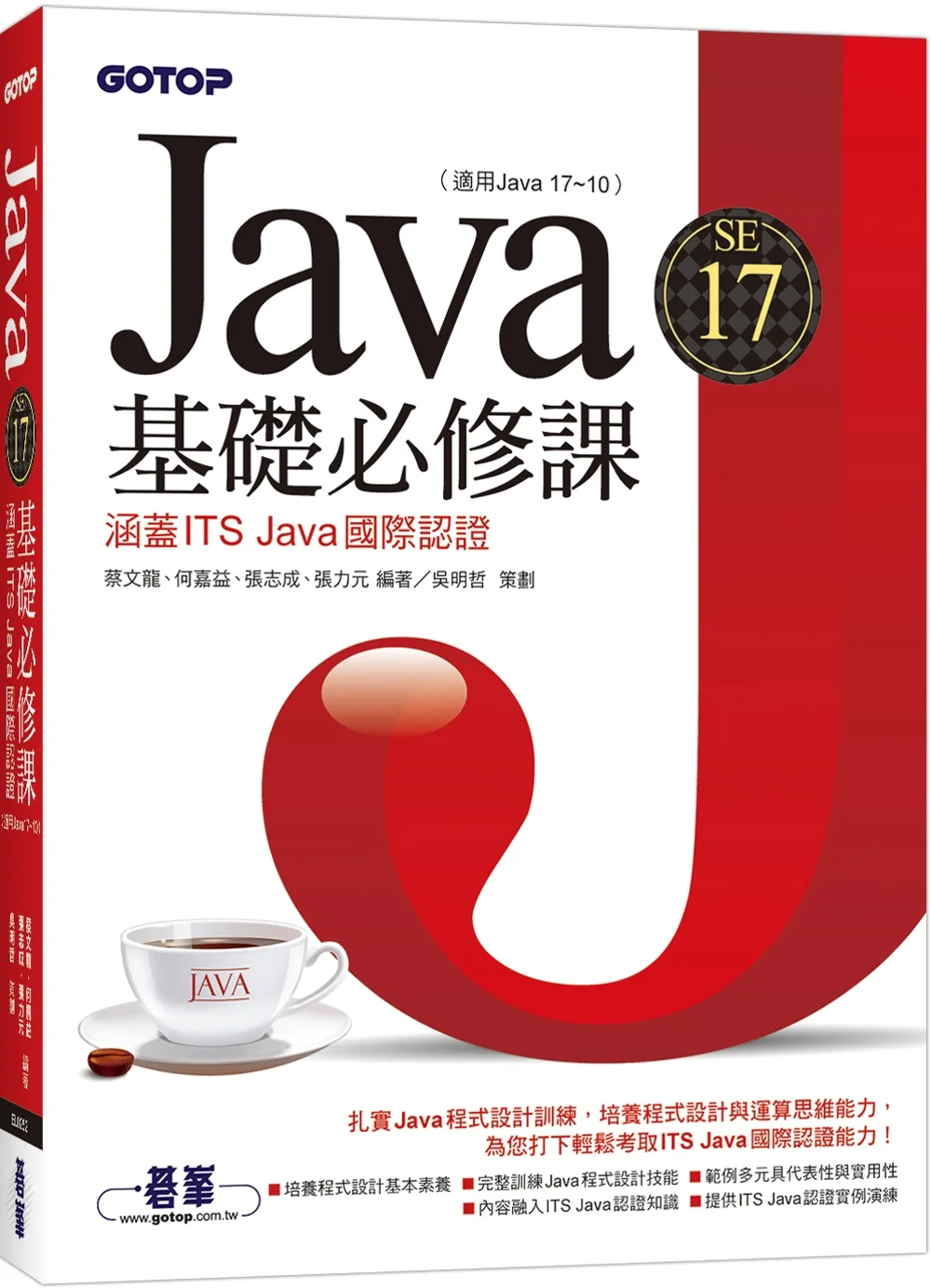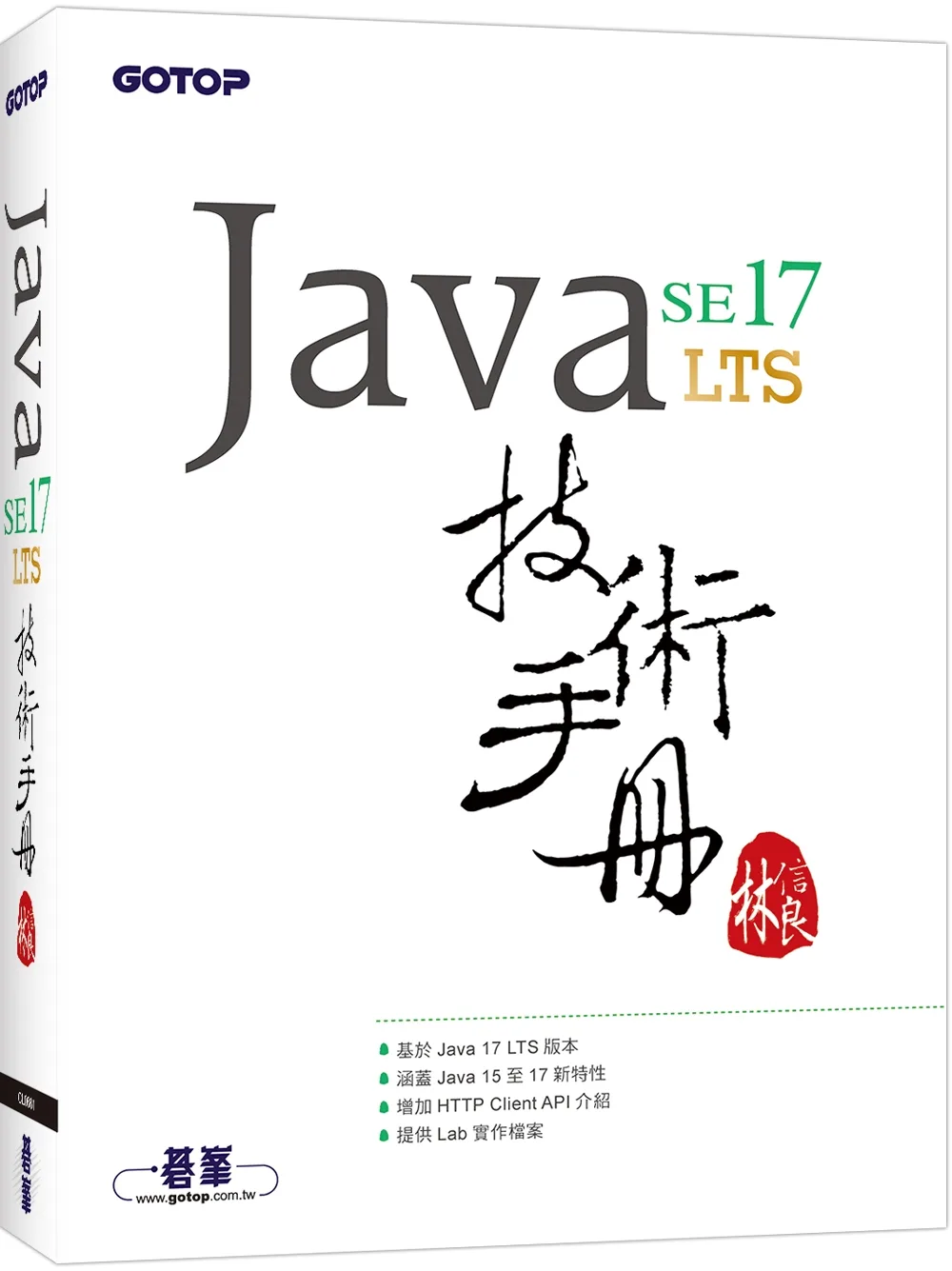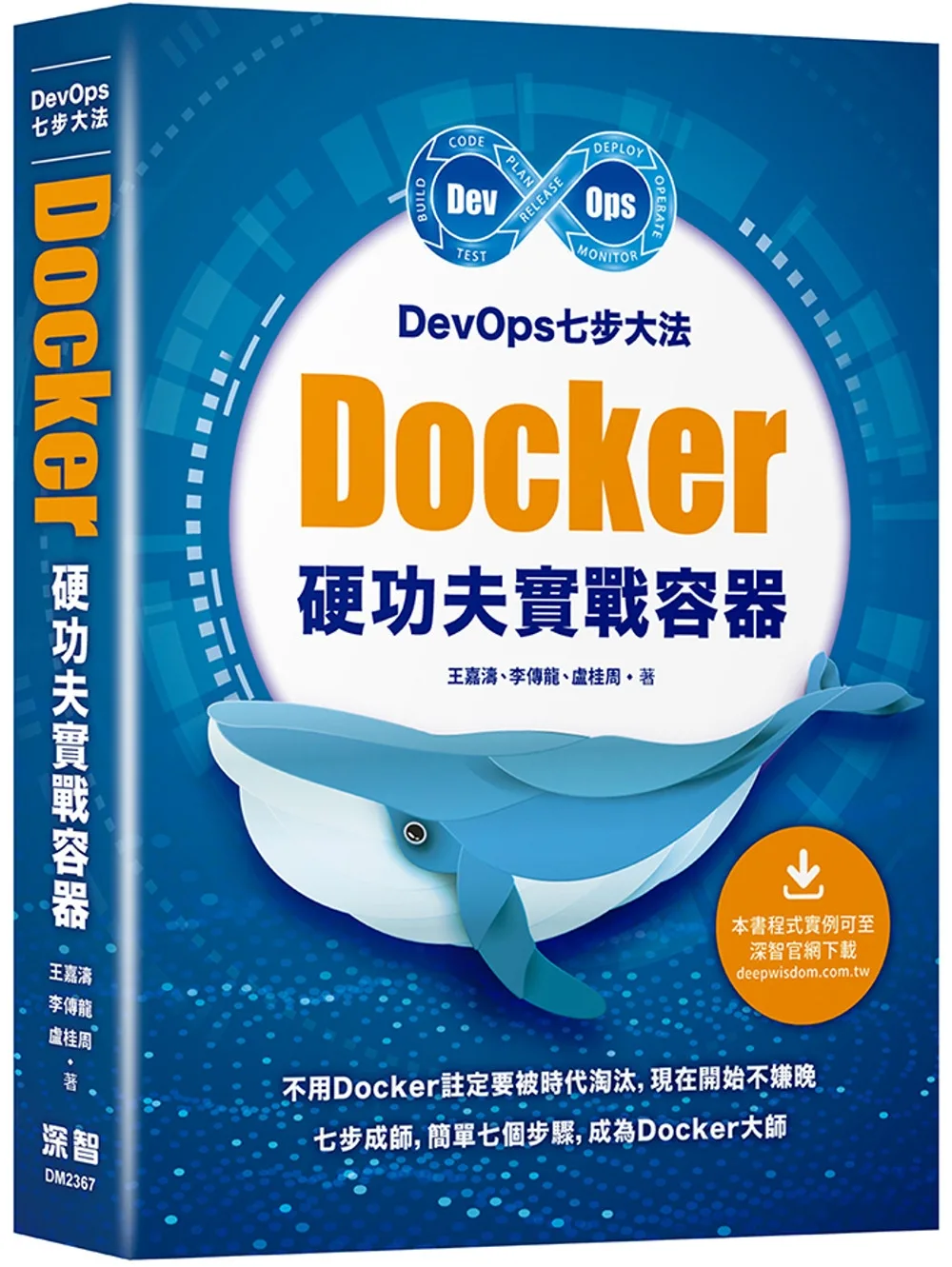一步步掌握 Spring Boot 的用法,
建立 Java 後端工程師必備的技術能力!
建立 Java 後端工程師必備的技術能力!
本書內容改編自第 15 屆 iThome 鐵人賽 Software Development 組的優選系列文章《Spring Boot 零基礎入門》。在現今 Java 的工作中,Spring Boot 這項技術已經是不可或缺的一部分,打開各大徵才網一看,大部分的 Java 工程師職缺都會要求求職者有使用過 Spring Boot 的經驗,甚至已經到了「不會 Spring、不談就業」的程度,因此學習 Spring Boot 已經是成為 Java 工程師的必備條件。
但是 Spring Boot 中所包含的技術非常多,對於剛入門的人來說,要從哪裡開始學起會是一個大問題,並且網路上的資料比較零碎,用東拼西湊的學習方式,也很難能夠真正的了解 Spring Boot 中的特性。
因此本書的目標在於幫助沒接觸過(甚至沒聽過)Spring Boot 的人,了解 Spring Boot 到底是什麼,並且能夠運用 Spring Boot 搭建一個簡易的後端系統。如果你打從心底想要從頭開始學習Spring Boot、或是你想了解業界目前最流行的 Spring Boot 的用法,那就跟著這本書一起,從零開始入門 Spring Boot 吧!
【目標讀者】
?? 想學習 Spring Boot,但不知道從何入門
?? 看過 Spring Boot 的相關介紹,但不了解實際要如何運用
【閱讀完本書之後,你可以學到】
?? 了解什麼是 Spring Boot,以及如何運用 IntelliJ 這套軟體開發 Spring Boot 程式
?? 了解 Spring 框架的兩大特性 - IoC 和 AOP
?? 了解 Spring MVC、Spring JDBC 的基本用法
?? 能夠運用 Spring Boot,實作出一個簡易的後端系統
【閱讀本書前,需具備的前置知識】
閱讀本書前,必須具備「Java 程式語言」和「MySQL 資料庫設計」的知識。
其中 Java 需要了解基本 Java 的語法,並且至少要知道「多型(polymorphism)」的概念,而 MySQL 則需要了解基本的 SQL 語法(Select、Update、Insert、Delete)的用法。
另外 Mac / Windows 皆可閱讀本書,電腦環境不影響。
?













